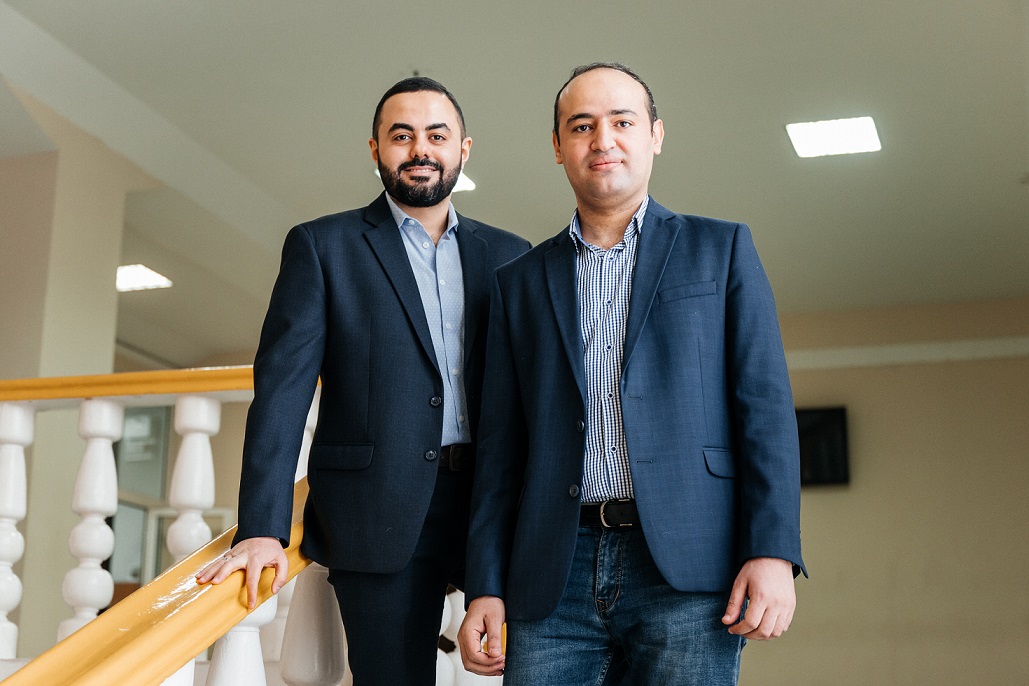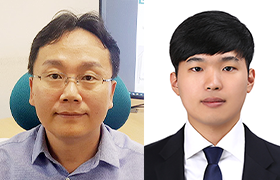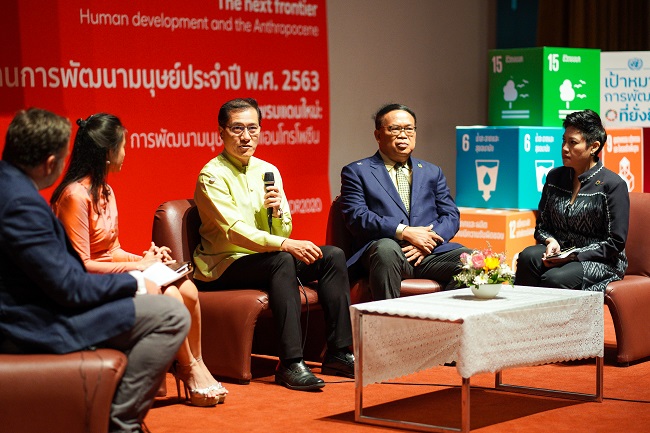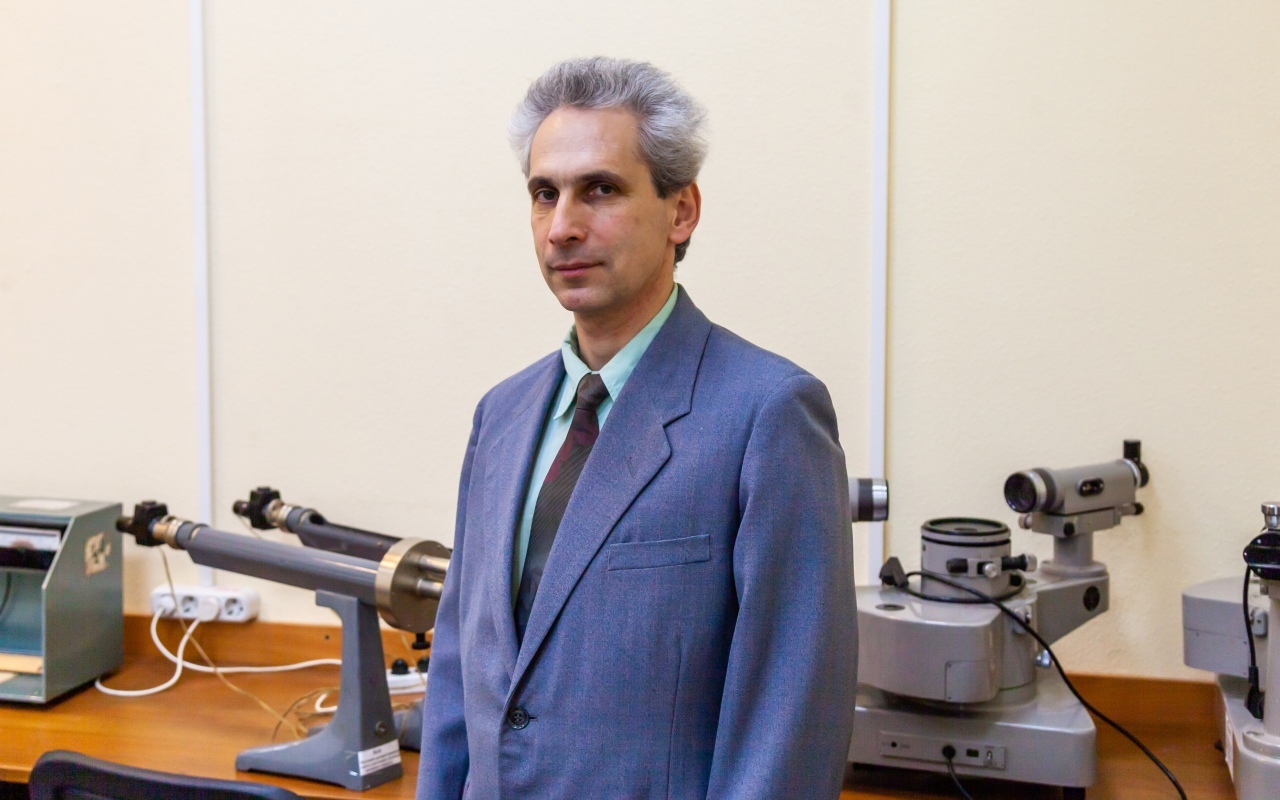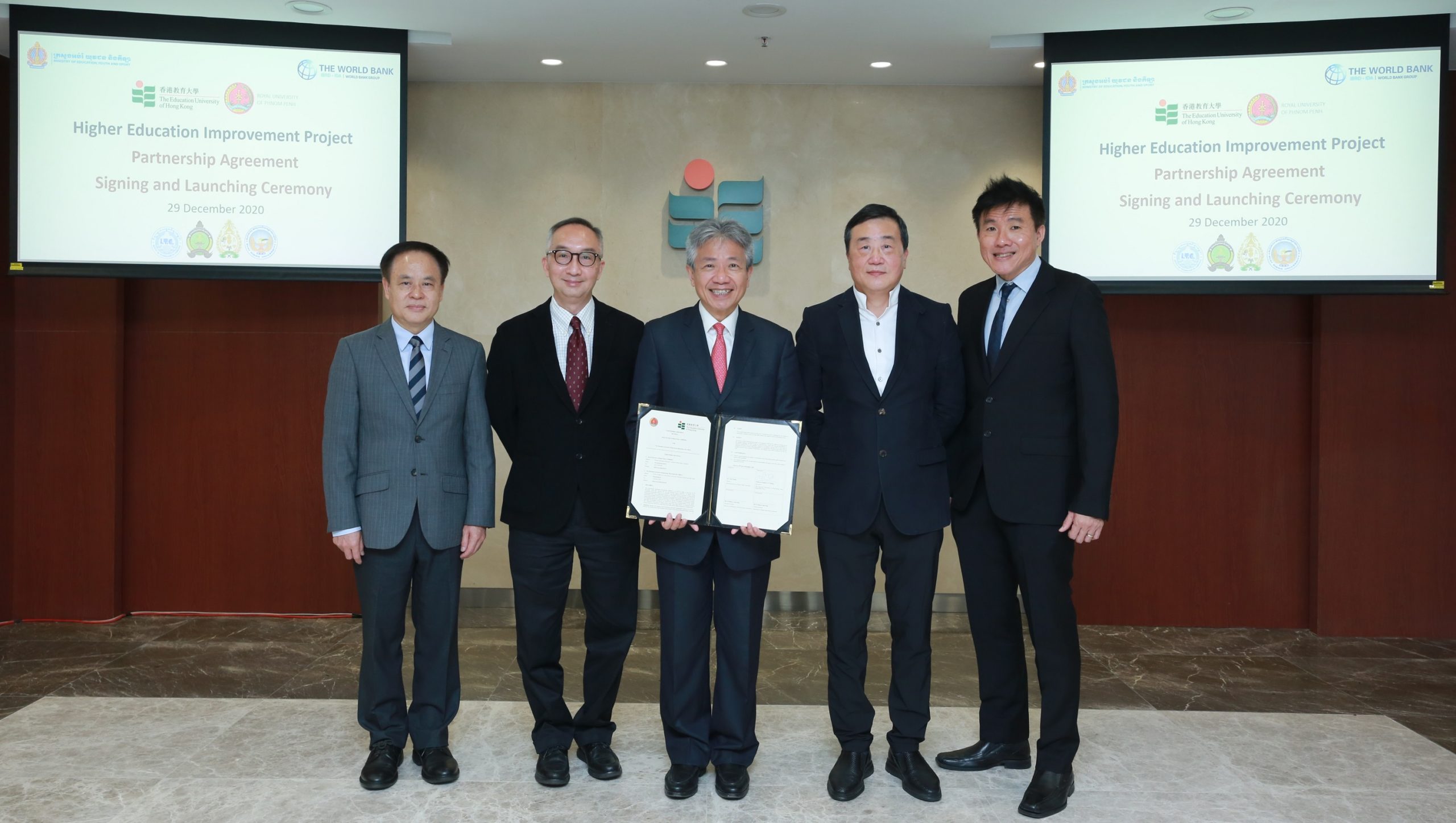Lactate, a compound present in sweat, is an important biomarker to quantify during exercise. However, available wearable sensors can cause skin irritation, which calls for the use of different materials. In a recent study, scientists at the Tokyo University of Science have developed a soft and nonirritating microfluidic sensor for the real-time measurement of lactate concentration in sweat. This wearable device will help monitor the state of the body during intense physical exercise or work.
Their work, which was published in Electrochimica Acta, was led by Associate Professor Isao Shitanda, Mr. Masaya Mitsumoto, and Dr. Noya Loew from the Department of Pure and Applied Chemistry at the Tokyo University of Science, Japan.
The team first focused on the sensing mechanism that they would employ in the sensor. Most lactate biosensors are made by immobilizing lactate oxidase (an enzyme) and an appropriate mediator on an electrode.
A chemical reaction involving lactate oxidase, the mediator, and free lactate results in the generation of a measurable current between electrodes—a current that is roughly proportional to the concentration of lactate.
A tricky aspect here is how to immobilize the enzyme and mediator on an electrode. To do this, the scientists employed a method called “electron beam-induced graft polymerization,” by which functional molecules were bonded to a carbon-based material that can spontaneously bind to the enzyme. The researchers then turned the material into a liquid ink that can be used to print electrodes.
This last part turns out to be an important aspect for the future commercialization of the sensor, as Dr. Shitanda explains, “The fabrication of our sensor is compatible with screen printing, an excellent method for fabricating lightweight, flexible electrodes that can be scaled up for mass production.”
With the sensing mechanism complete, the team then designed an appropriate system for collecting sweat and delivering it to the sensor. They achieved this with a microfluidic sweat collection system made out of polydimethylsiloxane (PDMS); it comprised multiple small inlets, an outlet, and a chamber for the sensor in between.
“We decided to use PDMS because it is a soft, nonirritating material suitable for our microfluidic sweat collection system, which is to be in direct contact with the skin,” comments Mr. Mitsumoto.
The detection limits of the sensor and its operating range for lactate concentrations was confirmed to be suitable for investigating the “lactate threshold”—the point at which aerobic (with oxygen) metabolism turns into anaerobic (without oxygen) metabolism during exercise.
Real-time monitoring of this bodily phenomenon is important for several applications, as Dr. Loew remarks, “Monitoring the lactate threshold will help optimize the training of athletes and the exercise routines of rehabilitation patients and the elderly, as well as control the exertion of high-performance workers such as firefighters.”
The team is already testing the implementation of this sensor in practical scenarios. With any luck, the progress made in this study will help develop the field of wearable chemical sensors, helping us to keep better track of our bodily processes and maintain better health.






